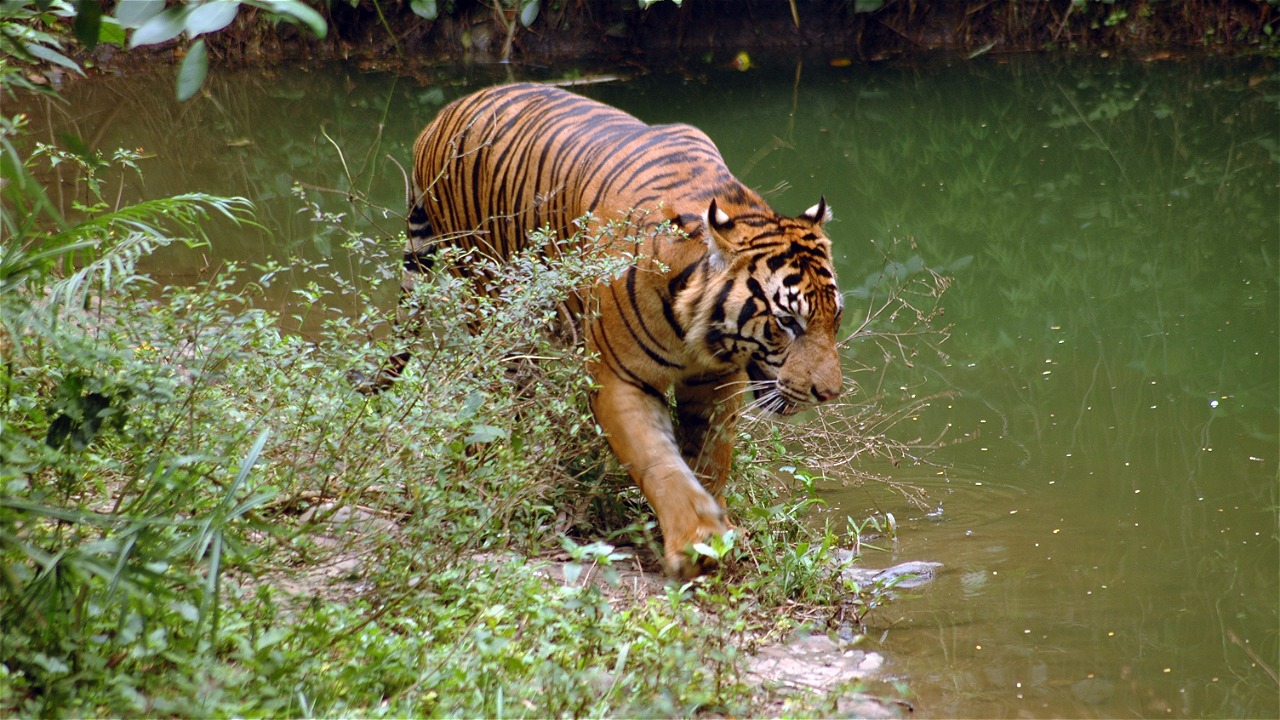RAJUT BELANG
The Sumatran tiger is like the soul of the Sumatran wilderness. His presence is hard to see, but his presence and aura are strongly felt. He is a charismatic animal that is both feared and admired. With the number of tiger populations and habitats drastically reduced, Sumatra is now in danger of losing its soul.
The threat of the Sumatran tiger and its habitat is an indication of the shaky environmental balance of the Andalas Earth. The increasing population followed by the increasing needs of economic development has resulted in the loss of most tiger habitats. Not only that, but tigers are also under pressure from poachers - who want every part of their bodies - and killings due to conflicts with humans.
Much of the forest in the Sumatra region has been converted to acacia and oil palm plantations. These two commodities, along with rubber, coffee and other crops are now shaping the new face of Sumatra. It is widely recognized that the current protected areas in Sumatra are not sufficient to support the long-term survival of wide-ranging animals such as the Sumatran tiger. Therefore, in addition to requiring good forest management, Sumatran tiger conservation efforts also require an increased active role of non-forest area managers including oil palm plantations and Industrial Plantation Forests (HTI) to increase habitat area and the availability of paths for animals to explore.




